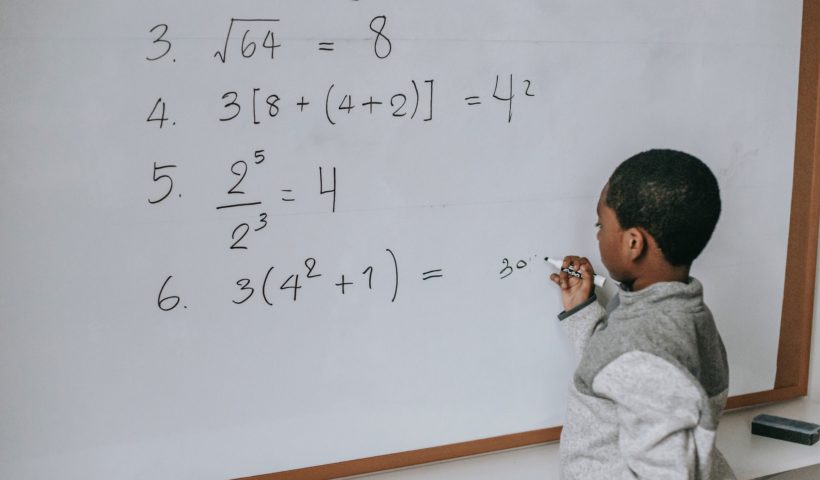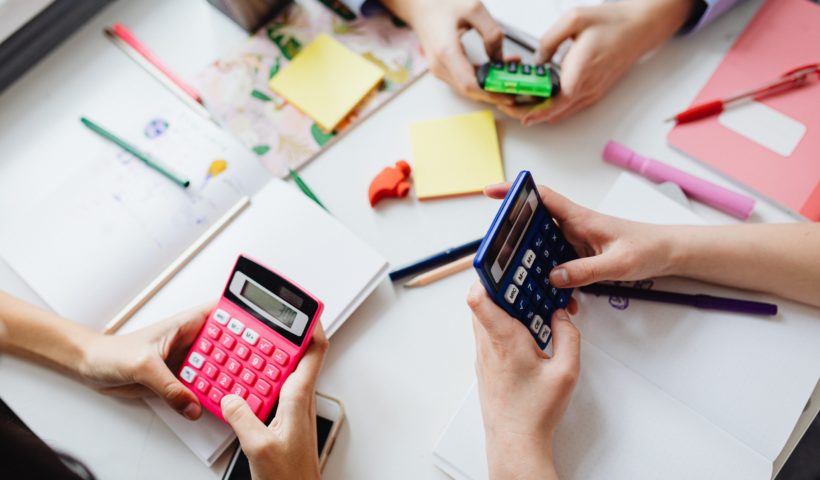[Please watch the video attached at the end of this blog for a visual explanation of factors and multiples] Often mistaken for one another,…
View More Introduction Factors and Multiples | Cambridge IGCSE MathematicsAuthor: Chamathka Karunanayake
Set Language And Absolute Value | Cambridge IGCSE Maths
The Cambridge IGCSE mathematics curriculum consists of the concepts of sets and absolute value. Therefore, it is important to be well-versed in these concepts if…
View More Set Language And Absolute Value | Cambridge IGCSE MathsIntroduction To Number Theory | Cambridge IGCSE Exam Prep
[Please watch the video attached at the end of this blog for a visual explanation of number theory] What is number theory in mathematics? Number…
View More Introduction To Number Theory | Cambridge IGCSE Exam PrepHow IGCSE tuition can help you successfully prepare for the 2023 IGCSE exams
With the 2023 IGCSE exams fast approaching, it can be daunting to know where to start in your preparation for success. The good news is…
View More How IGCSE tuition can help you successfully prepare for the 2023 IGCSE examsThe Ultimate Guide to Preparing for IB Exams in 2023
The International Baccalaureate (IB) examination is an international standardized test taken by students all over the world. It is a globally recognized qualification that allows…
View More The Ultimate Guide to Preparing for IB Exams in 2023






